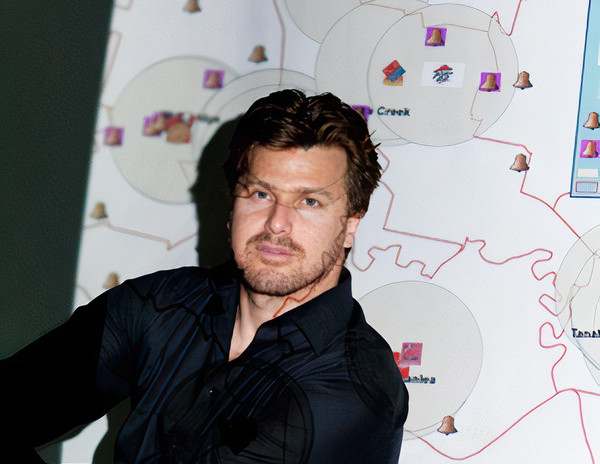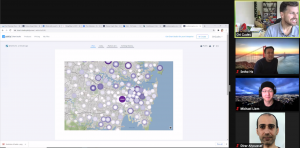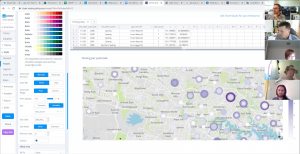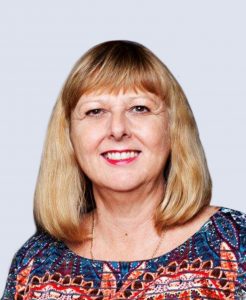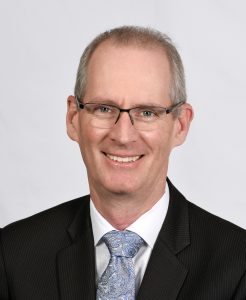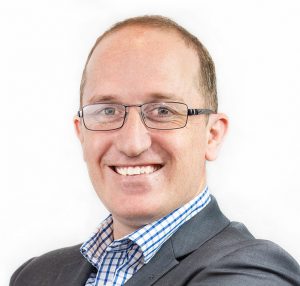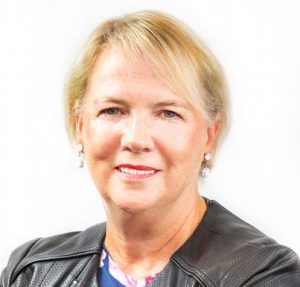As digital becomes more embedded in our lives, we’re generating data in incomprehensible volumes – and making sense of all this information is becoming more difficult than before.
DHCRC recently sponsored a specialised data visualisation workshop to help health sector professionals and students learn to use open source tools and techniques on large public health datasets to uncover deep insights into complex data so decision-makers can take effective actions to deliver better health outcomes.
The workshop ran across 27th and 30th November and participants were selected via an EOI process. They were trained in tools that included kepler.gl, Chart Studio, RAW Graphs and Plotly/DataPlotly.
“If a picture is worth a thousand words – when you analyse data over space and time, an animated map is worth a million words,” says Dr Ori Gudes, who wrote and delivered the course.
“Visualising information in this way lets us see and understand hotspots, cold spots, emerging patterns in space and time. It lets huge volumes of data begin to tell a story.”
Because our brains process visual information about 60,000 times faster than text, presenting data in a visual form, using maps and other spatial and time-lapse techniques can help get complex information in front of decision-makers.
Course attendee Arwa Siddiqui says she loved the experience. “I got to learn more about what amazing tools I have available to me in my future assignments, projects and work,” she says.
Arwa is currently studying a Master of Data Science at Macquarie University, having completed a Bachelor of Actuarial Science at Bond University, but says the course was accessible to people at all levels. “I would highly recommend this for anyone at any level of data visualisation and storytelling,” she says.
Dr Gudes is an international expert in Geographic Information Systems (GIS), spatial analysis, and spatial science in fields including health, urban planning, and decision support systems and has taught in these areas at Queensland University of Technology, Griffith University, Curtin University and the University of NSW.

